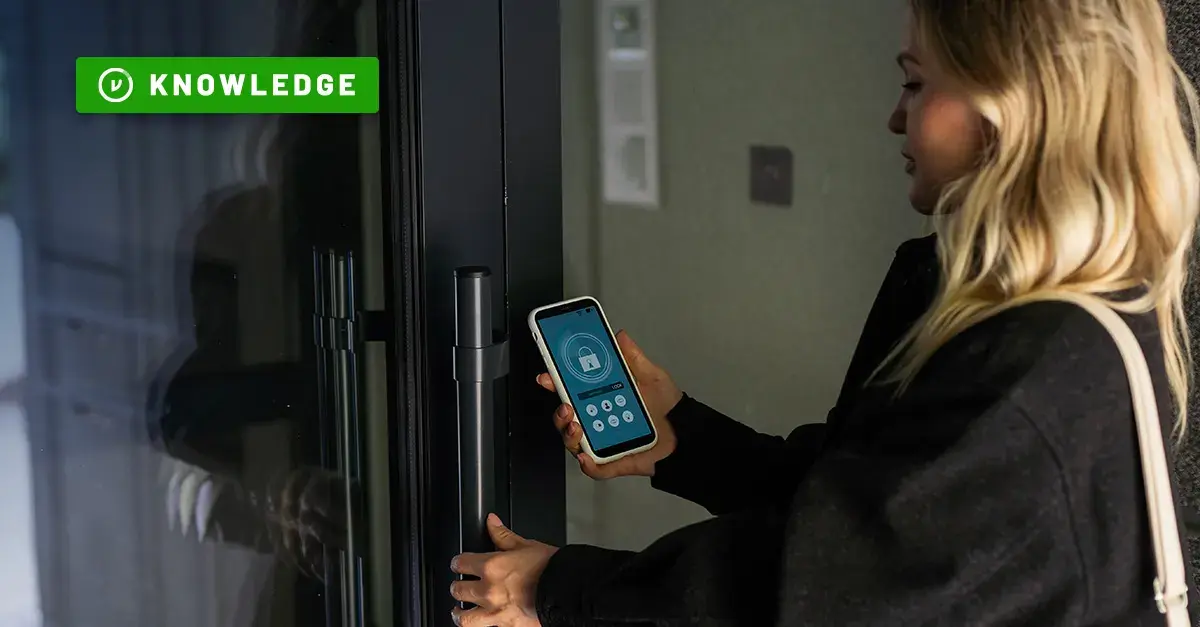As sensors become more prolific, and the applications of sensor technology expand, federal and commercial organizations need more versatile ways to protect the data that these sensors transmit. In remote areas and on low-bandwidth devices, protecting that sensor data can present a significant challenge.
Virtru’s Co-Founder and CTO, Will Ackerly, led the creation of the Trusted Data Format (TDF) during his time in the U.S Government. TDF was designed as an open standard combining data encryption with attribute based access control to provide persistent protection that travels with the data everywhere it goes.
“As we continued innovating with the TDF, we knew that low-bandwidth, edge use cases would be increasingly important to our federal customers,” said Ackerly. “Our federal and IoT partnerships ultimately led to the development of the NanoTDF, a more lightweight — but still powerful — version of the TDF that would be flexible enough to protect data in specialized operational scenarios, via devices with minimal storage and power, and in field environments with limited bandwidth.”
If object-level encryption is likened to a secure wrapper that surrounds each file, NanoTDF is an even smaller wrapper for each individual piece of bite-size data that a sensor relays. NanoTDF is powerful enough to encrypt full-motion video, sensor data, and even specific data elements within files like spreadsheets and documents — even in scenarios with extreme limitations on bandwidth or compute resources.
“NanoTDF is a complete game-changer. The possibilities with it are endless. Extending the TDF—which has already been leveraged by many federal agencies and is an ODNI standard—to edge devices and lower bandwidth environments is nothing short of incredible,” said Andrew Weis, Senior Vice President of Growth and Operations at Aveshka.
While many federal organizations are already leveraging NanoTDF, the possibilities are endless. As we look toward the future, Virtru and Aveshka see several opportunities to apply NanoTDF in edge scenarios. Here are just a few examples.
Safeguarding Smart Cities
Smart cities have extensive sensor networks — and in the coming years, those networks will become even more complex and interconnected. Whether monitoring traffic congestion, pollution levels, or the delivery of utilities, sensors will continue to be vital in the collection and transmission of that data. Protecting these sensor networks is critical to ensure malicious actors don’t interrupt these data flows and create downstream logistical impacts. As we saw when a hacker accessed a water treatment facility’s computer system and attempted to modify lye levels in the area’s drinking water, these disruptions can have a sweeping impact on residents and communities.
By protecting the data driving smart cities with NanoTDF, city planners can ensure the safe, efficient, and uninterrupted delivery of things like water and electricity — services that residents depend on for daily life.
Securing Satellite Transmissions
Military and commercial entities both use satellites to collect all kinds of data, from photographing entities of interest, to monitoring weather and geothermal conditions, to making sure global shipping traffic keeps moving. This data is essential to ensure that missions can be completed successfully and efficiently, and that military personnel and civilians alike remain safe.
By protecting that collected data with NanoTDF onboard the satellite, before it’s transmitted to the ground, operators of the orbital platforms can ensure the data isn’t tampered with, from the moment it’s created through the moment it reaches its destination — and beyond, through storage and sharing. This equips governments and commercial organizations to reliably deliver value to the people they serve.
Protecting Biometric Sensor Data, On Earth and In Space
NASA astronauts wear biometric monitors while in space, monitoring things like heart rate and body temperature. This allows flight surgeons to monitor their well-being during the mission, as well as proactively take action to keep them healthy in space. This is sensitive, private health information.
In the coming years, “smart clothing” will likely evolve to serve a similar function, monitoring things like blood glucose or body temperature to tell us if we need to take a specific action to improve our health. These advances in biometric data collection and analysis can be life-saving — but the sensitive nature of this data requires that it be secured across its entire life cycle. NanoTDF can protect this sensitive health information so that we know it is only used by our own personal health care providers and not shared with those who shouldn’t have it. And if we change our minds about who should have access to that information, we can revoke third-party access and take control of our data privacy.
New Applications of NanoTDF on the Horizon
The applications of NanoTDF are seemingly endless: Federal and commercial use cases for this capability are quickly expanding alongside the advancement of sensor technology. Virtru and Aveshka continue to support new NanoTDF implementations that layer directly into organizations’ data flows and open new opportunities for more efficient, secure data sharing.
To learn more about how your organization can leverage the versatility of NanoTDF in edge data protection scenarios, contact Virtru or Aveshka to start the conversation.



/blog%20-%20Zero%20Trust%20Primer%20-%20N5K%20series/Zero-Trust-Primer%20copy.webp)
/blog%20-%20Private%20Cloud%20Compute%20is%20Only%20Half%20the%20Story/PrivateCloudCompute.png)



/blog%20-%20title%2048%20november%2010/cmmcnov10.webp)
/blog%20-%20ukraine%20and%20taiwan%20HIO%20recap/UkraineTaiwanRecapBlog.webp)
/blog%20-%20data%20liberation/data-liberation-2.jpg)
/blog%20-%20ACP-240%20and%20HIGHMAST/highmast-acp-240.webp)

/blog%20-%20discord-zendesk%20breach/discord-breach.webp)